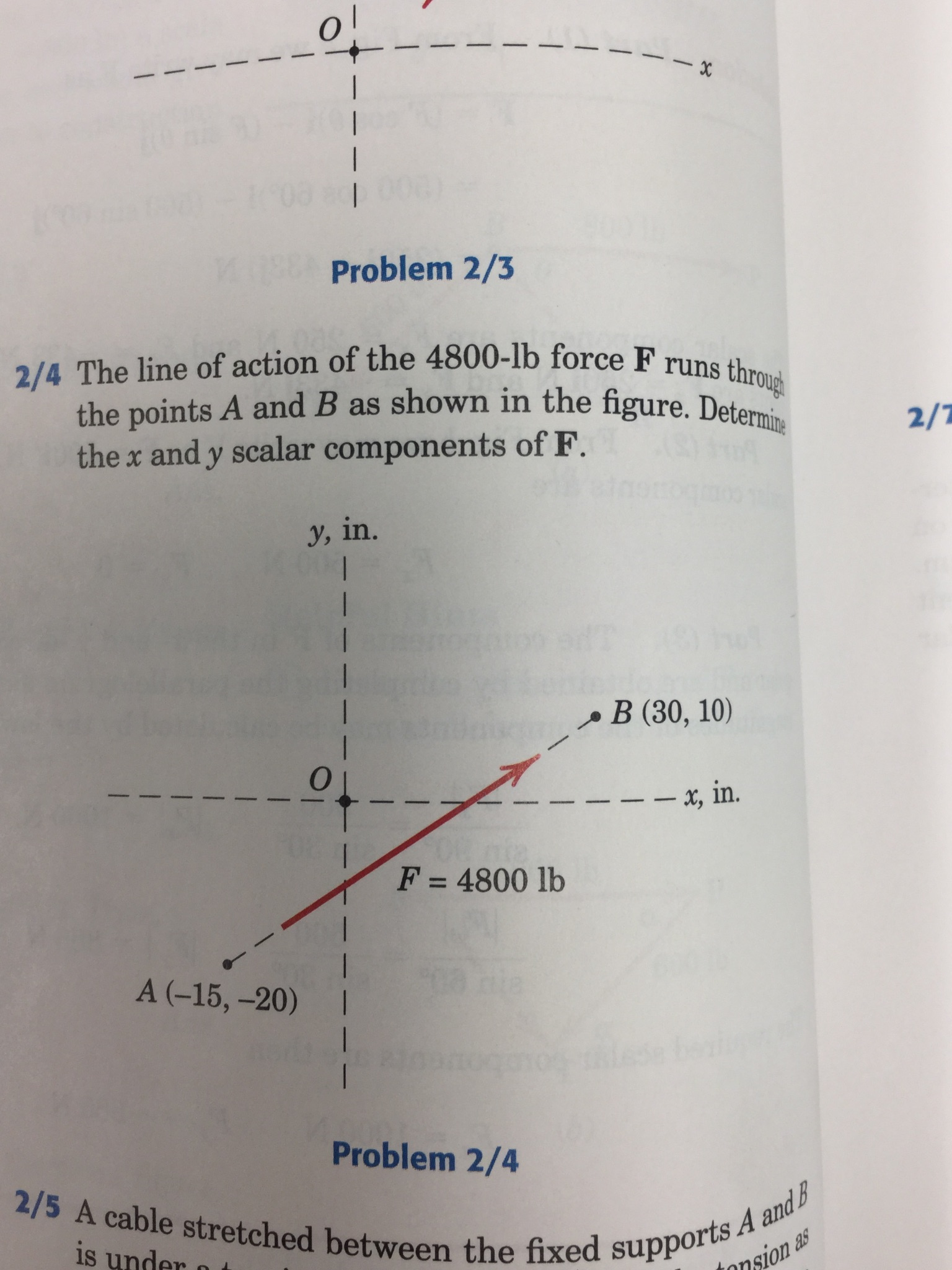

You’ll find similar options just like Quickposes so you can filter out the types of photos you want(or don’t want). Visit their figure drawing tool and choose whichever options you wanna run. These include various photo galleries for drawing faces, animals, and naturally human figures.
#Line of action free
The Line of Action website has a bunch of great free tools for artists. It may not beat real drawing from a live figure but it’s certainly better than nothing. This is generally my #1 recommendation for online figure drawing practice. So you can even use Quickposes to build up your local storage of gesture photos!

If you visit the main library page you’ll find a whole host of images right there for download. You can decide the specifics of your photos and customize your entire figure session to work on areas that need improvement.
#Line of action generator
Now they also have a random pose generator that works basically the same way. This way you can practice gestures based on time limits like 30 second poses or 90 second poses. They have an online timed session webapp where you queue up a number of photos, set a timer and let it run. I personally use Quickposes all the time for my gesture practice. And these free gesture pose websites will prove invaluable to your learning process. No matter what your skill level or how long you’ve been drawing, gesture is a great place to start learning and fantastic for warm-ups too.
#Line of action full
And I’ve listed all the best sites that are full of amazing gesture photos for practicing your figures. If you don’t have gesture pose photos on your computer then you’ll need to find some online. That’s where online practice helps a lot.
#Line of action pro
In fact many pro artists practice figure regularly to keep their skills sharp.īut not everyone can get to a live figure session. That means if you buy something we get a small commission at no extra cost to you( learn more)Įvery great artist should practice figure drawing. 36, No.Resources Disclosure: This post may contain affiliate links. IEEE Transactions on Computational Intelligence and AI in Games, Vol. Monte Carlo Tree Search in Lines of Action. Mark Winands, Yngvi Björnsson, Jahn-Takeshi Saito ( 2010).Darse Billings, Yngvi Björnsson ( 2003).Application of the killer-tree heuristic and the lambda-search method to lines of action. Makoto Sakuta, Tsuyoshi Hashimoto, Jun Nagashima, Jos Uiterwijk, Hiroyuki Iida ( 2002).Endgame-search techniques developed in shogi: application to Lines of Action. Makoto Sakuta, Tsuyoshi Hashimoto, Jun Nagashima, Hiroyuki Iida ( 2002).PDS-PN: A new proofnumber search algorithm: Application to Lines of Action. Mark Winands, Jos Uiterwijk, Jaap van den Herik ( 2002).Temporal difference learning and the Neural MoveMap heuristic in the game of Lines of Action. Mark Winands, Levente Kocsis, Jos Uiterwijk, Jaap van den Herik ( 2002).Realization-Probability Search: Its application to Shogi and LOA. Yngvi Björnsson, Mark Winands ( 2002).6th Computer Olympiad Workshop, pdf » Proof-Number Search Yngvi Björnsson, Mark Winands ( 2001).The Quad heuristic in Lines of Action, ICGA Journal, Vol. Mark Winands, Jos Uiterwijk, Jaap van den Herik ( 2001).Analysis and Implementation of Lines of Action.

LOA winners of the 8th Computer Olympiad: Bernard Helmstetter, Mark Winands and Jun Nagashima Selected Publications 2000. In his thesis, Mark Winands lists a state-space complexity of about 1.3 x 10 24 positions, an average branching factor of 30, and a game-tree complexity of 10 56 positions. Since 1997, human players annually compete at the world championship as part of the Mind Sports Olympiad, Lines of Action programs regularly at the Computer Olympiad, organized by the ICGA. Lines of Action was invented by Claude Soucie around 1960,, described 1969 by Sid Sackson in A Gamut of Games, and published in 1988 by Hexagames.


 0 kommentar(er)
0 kommentar(er)
